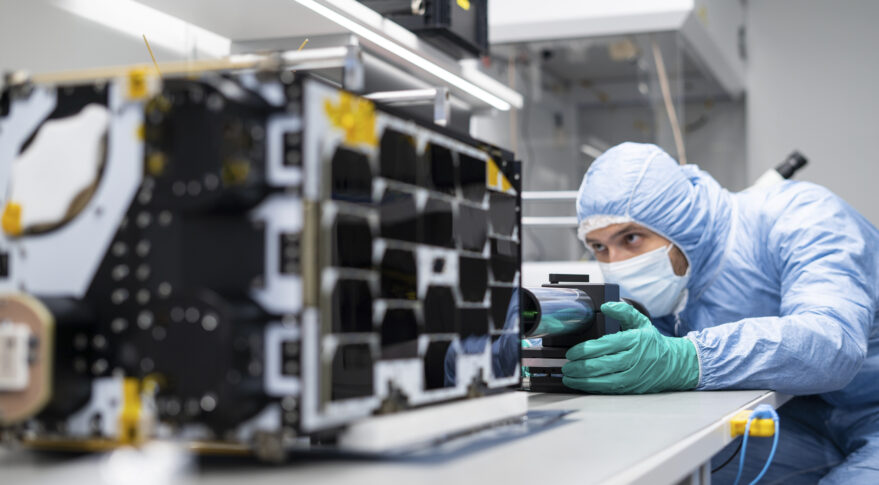 Absolut Group, a French cryogenic technology provider, said Dec. 7 it has ordered a demo nanosatellite for a constellation that would use sensors at very low temperatures to detect greenhouse gas leaks. The company’s newly created Absolut Sensing subsidiary ordered the chassis for a 16U satellite it calls Gen1 from Lithuania’s NanoAvionics for a launch in early 2024. The size of 16 cubesats, Gen1 would test a cryogenic sensor Absolut is developing for detecting smaller methane leaks, typically from oil and gas companies, to help in the fight against climate change.
Absolut Group, a French cryogenic technology provider, said Dec. 7 it has ordered a demo nanosatellite for a constellation that would use sensors at very low temperatures to detect greenhouse gas leaks. The company’s newly created Absolut Sensing subsidiary ordered the chassis for a 16U satellite it calls Gen1 from Lithuania’s NanoAvionics for a launch in early 2024. The size of 16 cubesats, Gen1 would test a cryogenic sensor Absolut is developing for detecting smaller methane leaks, typically from oil and gas companies, to help in the fight against climate change.
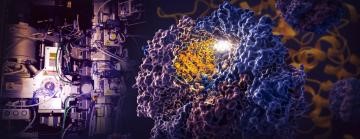 A landmark study by researchers at the Department of Energy’s SLAC National Accelerator Laboratory and Stanford University reveals how a tiny cellular machine called TRiC directs the folding of tubulin, a human protein that is the building block of microtubules that serve as the cell’s scaffolding and transport system.
A landmark study by researchers at the Department of Energy’s SLAC National Accelerator Laboratory and Stanford University reveals how a tiny cellular machine called TRiC directs the folding of tubulin, a human protein that is the building block of microtubules that serve as the cell’s scaffolding and transport system.


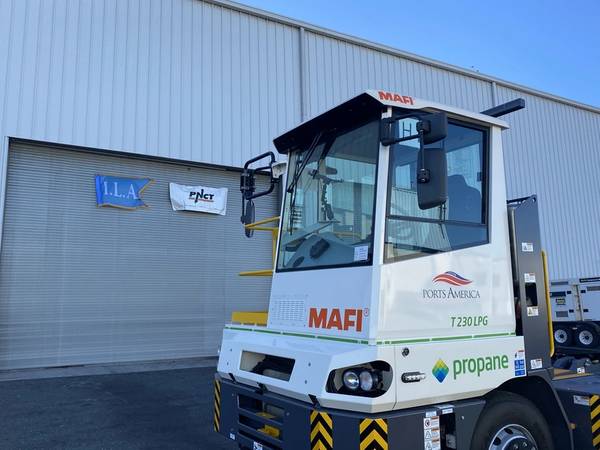 As the maritime industry mulls the ‘fuel of the future,’ a strong and growing case can be made for propane based on availability, cost and ease of use compared to competitive fuels. Darren Monzingo, president of FARO Industrial and VP of Engineering for GEM Marine, is a marine engineer and naval architect, and through his work, he’s gained exposure to propane as an industrial fuel. While the maritime industry is prioritizing using CNG/cryogenic fuels, through his research Monzingo noticed that propane is an easy-to-use, readily available energy source of fuel that accomplishes ship fleet needs for productivity, energy expenditure, and emissions reduction. Importantly, he notes that if a vessel is ‘LNG-Ready’, it is ‘Propane-Ready’.
As the maritime industry mulls the ‘fuel of the future,’ a strong and growing case can be made for propane based on availability, cost and ease of use compared to competitive fuels. Darren Monzingo, president of FARO Industrial and VP of Engineering for GEM Marine, is a marine engineer and naval architect, and through his work, he’s gained exposure to propane as an industrial fuel. While the maritime industry is prioritizing using CNG/cryogenic fuels, through his research Monzingo noticed that propane is an easy-to-use, readily available energy source of fuel that accomplishes ship fleet needs for productivity, energy expenditure, and emissions reduction. Importantly, he notes that if a vessel is ‘LNG-Ready’, it is ‘Propane-Ready’. In 2023, Helion Energy, Inc., an American fusion research company, will end operations on Trenta, its 6th fusion prototype. The team is now undergoing Trenta’s last-ever fusion test campaign. For two years, its scientists and engineers have carried out rigorous research to test the capabilities of this fusion machine. The Helion team’s results suggest that Trenta is currently the best performing privately funded fusion machine in the world. After these last weeks of plasma operations under vacuum, Helion will retire Trenta and move all focus to Polaris, its 7th fusion prototype, expected to demonstrate net electricity in 2024.
In 2023, Helion Energy, Inc., an American fusion research company, will end operations on Trenta, its 6th fusion prototype. The team is now undergoing Trenta’s last-ever fusion test campaign. For two years, its scientists and engineers have carried out rigorous research to test the capabilities of this fusion machine. The Helion team’s results suggest that Trenta is currently the best performing privately funded fusion machine in the world. After these last weeks of plasma operations under vacuum, Helion will retire Trenta and move all focus to Polaris, its 7th fusion prototype, expected to demonstrate net electricity in 2024. 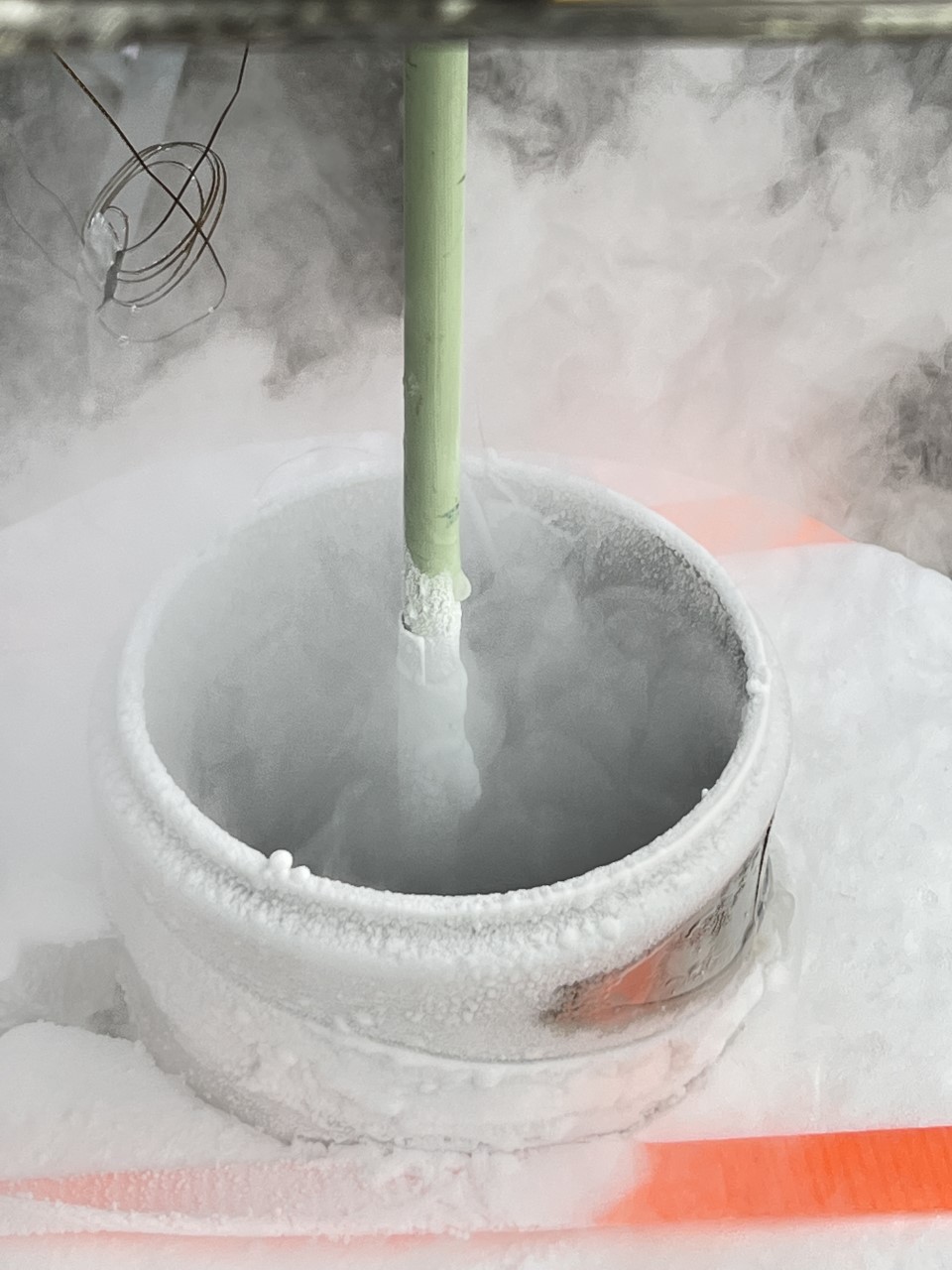 Eta Space is excited to announce the commissioning of a Liquid Hydrogen (LH2) Test Facility (LHTF) now available at their location in Rockledge, Florida. Customers can test their hardware and materials using LH2 with the benefit of small batch production. Previously only available in large quantities at high costs, Eta Space has developed the LHTF to address the need for more affordable and responsive LH2 testing. The facility is intended to support the emerging LH2 aerospace, transportation, and energy industries.
Eta Space is excited to announce the commissioning of a Liquid Hydrogen (LH2) Test Facility (LHTF) now available at their location in Rockledge, Florida. Customers can test their hardware and materials using LH2 with the benefit of small batch production. Previously only available in large quantities at high costs, Eta Space has developed the LHTF to address the need for more affordable and responsive LH2 testing. The facility is intended to support the emerging LH2 aerospace, transportation, and energy industries. Gas Innovations LNG Refrigerants Inc. is seeking authorization to transport cryogenic ethane via rail in DOT-113C120W9 and DOT-113C120W tank cars, according to the Pipeline and Hazardous Materials Safety Administration (PHMSA). PHMSA, in consultation with the Federal Railroad Administration (FRA), is handling review of the special permit application and requesting comments on it, since it “raises issues similar to the transportation of liquefied natural gas (LNG) by rail, a matter for which multiple rulemakings are currently pending at the agency.”
Gas Innovations LNG Refrigerants Inc. is seeking authorization to transport cryogenic ethane via rail in DOT-113C120W9 and DOT-113C120W tank cars, according to the Pipeline and Hazardous Materials Safety Administration (PHMSA). PHMSA, in consultation with the Federal Railroad Administration (FRA), is handling review of the special permit application and requesting comments on it, since it “raises issues similar to the transportation of liquefied natural gas (LNG) by rail, a matter for which multiple rulemakings are currently pending at the agency.” Semiwise in Glasgow has developed transistor SPICE models for cryogenic CMOS chip design and verification using the GlobalFoundries (GF) 22FDX 22nm fully depleted silicon-on-insulator (FD-SOI) process technology. The technology can be used for chips for quantum computers and also for data center processors with liquid nitrogen cooling.
Semiwise in Glasgow has developed transistor SPICE models for cryogenic CMOS chip design and verification using the GlobalFoundries (GF) 22FDX 22nm fully depleted silicon-on-insulator (FD-SOI) process technology. The technology can be used for chips for quantum computers and also for data center processors with liquid nitrogen cooling.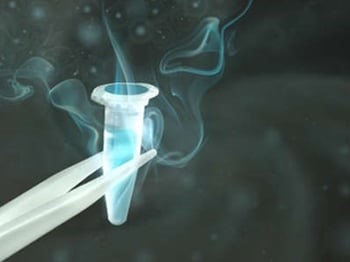 In this exclusive SelectScience® interview, we speak with a panel of scientific experts to find out how cryogenic storage is helping to advance their novel research projects and break scientific boundaries. Our panel of experts include Dr. Ronan Chaligné, Director of the Single Cell Analysis Innovation Lab at Sloan Kettering Institute, Dr. Ernesto Diaz-Flores, Associate Professor at the University of California, San Francisco (UCSF), and Dr. Anne Wyllie, Research Scientist at the Yale School of Public Health. The team will outline the key cryogenic challenges they each face, as well as sharing their hopes for the future. Plus, we will explore cryogenic technology, reveal why researchers no longer need to rely on liquid nitrogen (LN2) based cryogenic freezers, and discuss how mechanical freezers could soon provide a promising alternative.
In this exclusive SelectScience® interview, we speak with a panel of scientific experts to find out how cryogenic storage is helping to advance their novel research projects and break scientific boundaries. Our panel of experts include Dr. Ronan Chaligné, Director of the Single Cell Analysis Innovation Lab at Sloan Kettering Institute, Dr. Ernesto Diaz-Flores, Associate Professor at the University of California, San Francisco (UCSF), and Dr. Anne Wyllie, Research Scientist at the Yale School of Public Health. The team will outline the key cryogenic challenges they each face, as well as sharing their hopes for the future. Plus, we will explore cryogenic technology, reveal why researchers no longer need to rely on liquid nitrogen (LN2) based cryogenic freezers, and discuss how mechanical freezers could soon provide a promising alternative.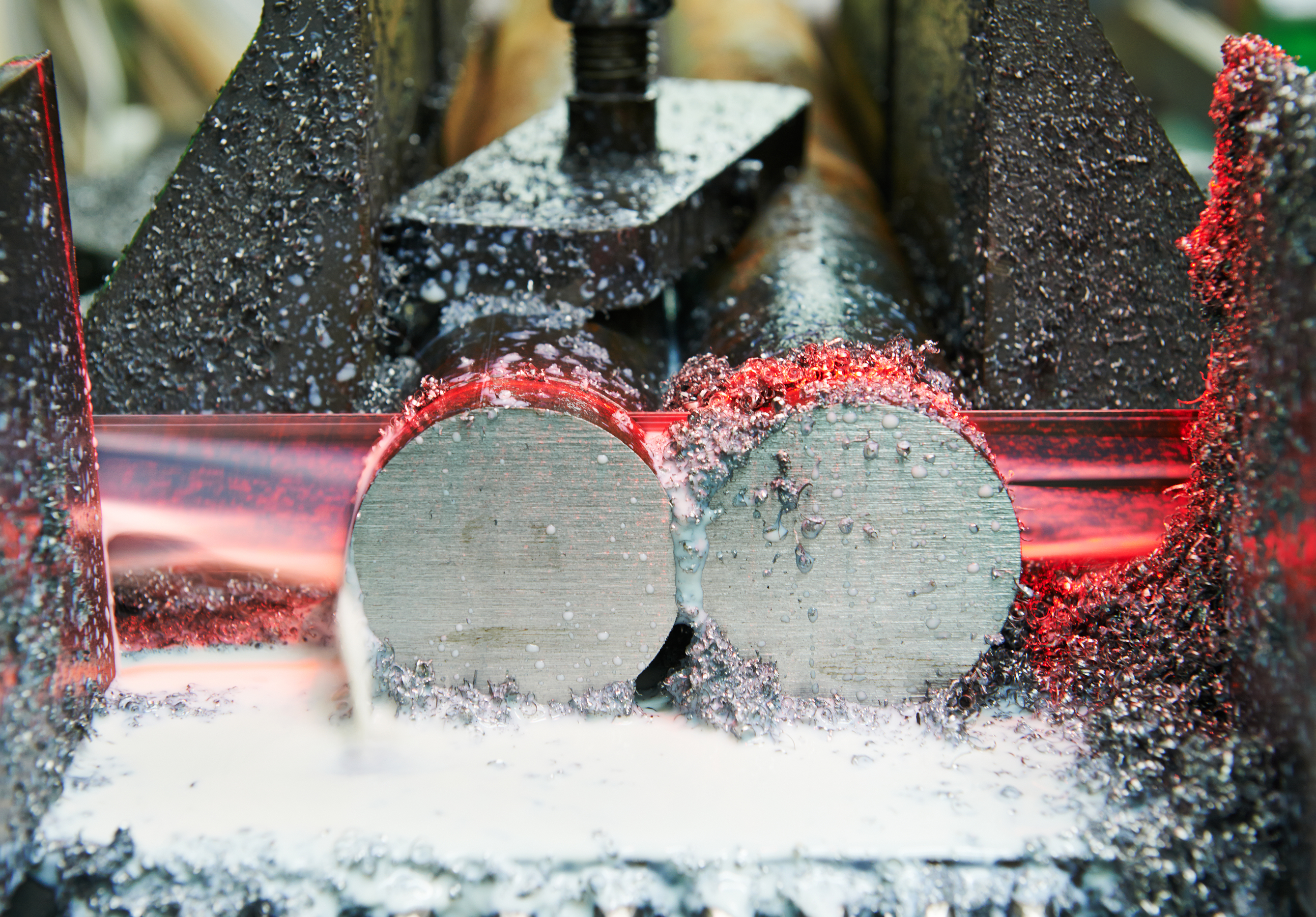 Ever since the Stone Age, people have searched for the most effective ways to cut and shape materials for best use. This quest has most recently resulted in revolutionary breakthroughs and developments like lasers, plasma beams, and water jets as cutting instruments. Despite these advances, the overwhelming majority of cutting tasks still require metal with a sharpened edge, which has one key undesirable trait: it wears out and gets dull. Not so with CryoEdge, a sales and service company based in the Spokane, Washington area. CryoEdge’s essential issue goes back to prehistoric times: how can we cut things better and make the tools we use for cutting last longer?
Ever since the Stone Age, people have searched for the most effective ways to cut and shape materials for best use. This quest has most recently resulted in revolutionary breakthroughs and developments like lasers, plasma beams, and water jets as cutting instruments. Despite these advances, the overwhelming majority of cutting tasks still require metal with a sharpened edge, which has one key undesirable trait: it wears out and gets dull. Not so with CryoEdge, a sales and service company based in the Spokane, Washington area. CryoEdge’s essential issue goes back to prehistoric times: how can we cut things better and make the tools we use for cutting last longer?  The industrial gas industry produces the elemental components of “air” (nitrogen, oxygen, and argon) that are used in other industries as part of their processes. Once separated from air, each element exists as an extremely cold cryogenic temperature liquid. Typical liquid temperatures are −185° C. Large, field-erected tanks are used to store these liquids, and these tanks range from 100,000 gallons to over 2,000,000 gallons in size. API-620/Appendix Q standards, or their equivalent, are the routine guiding design documents. These tanks are built as flat-bottom, domed-top tanks, typically with stainless steel inner containers, carbon-steel outer containers, and the top/side insulation space between these tanks filled with three to five feet (radial dimension) of granular perlite insulation. The inner tank sits on a sandwich structure of Foamglas® insulation and concrete. During cooldown and commissioning, these tanks need to be dried, inerted, and brought down to very cold temperatures to allow product to be introduced. If done incorrectly during cooldown, these tanks risk vacuum collapse. This article discusses the details surrounding one such occurrence.
The industrial gas industry produces the elemental components of “air” (nitrogen, oxygen, and argon) that are used in other industries as part of their processes. Once separated from air, each element exists as an extremely cold cryogenic temperature liquid. Typical liquid temperatures are −185° C. Large, field-erected tanks are used to store these liquids, and these tanks range from 100,000 gallons to over 2,000,000 gallons in size. API-620/Appendix Q standards, or their equivalent, are the routine guiding design documents. These tanks are built as flat-bottom, domed-top tanks, typically with stainless steel inner containers, carbon-steel outer containers, and the top/side insulation space between these tanks filled with three to five feet (radial dimension) of granular perlite insulation. The inner tank sits on a sandwich structure of Foamglas® insulation and concrete. During cooldown and commissioning, these tanks need to be dried, inerted, and brought down to very cold temperatures to allow product to be introduced. If done incorrectly during cooldown, these tanks risk vacuum collapse. This article discusses the details surrounding one such occurrence.  Stirling cryogenerators have been widely used since the 1960s and 1970s for the production of LH2 at various institutes and research laboratories all over the world. In materials sciences, small-scale production was used to study the properties and behavior of LH2 and its effect on materials.
Stirling cryogenerators have been widely used since the 1960s and 1970s for the production of LH2 at various institutes and research laboratories all over the world. In materials sciences, small-scale production was used to study the properties and behavior of LH2 and its effect on materials. Dylan CHP LLC has researched, developed, and patented advanced steam generation technology, utilizing hydrogen to generate clean energy electricity. The Dylan System is based on extreme heat preservation (EHP), the heart of the Dylan patent that allows the Dylan Energy-Efficient System to achieve nameplate steam output while consuming only a small fraction of the hydrogen. Dylan’s flexible EHP technology can easily be retrofitted to burn other fuels including natural gas, LNG, flare gas, landfill gas, MSW, or other traditional fuels as feedstock that more conventional systems require. Dylan continues to engineer its system to maximize quality, energy efficiencies and reliability to its customers.
Dylan CHP LLC has researched, developed, and patented advanced steam generation technology, utilizing hydrogen to generate clean energy electricity. The Dylan System is based on extreme heat preservation (EHP), the heart of the Dylan patent that allows the Dylan Energy-Efficient System to achieve nameplate steam output while consuming only a small fraction of the hydrogen. Dylan’s flexible EHP technology can easily be retrofitted to burn other fuels including natural gas, LNG, flare gas, landfill gas, MSW, or other traditional fuels as feedstock that more conventional systems require. Dylan continues to engineer its system to maximize quality, energy efficiencies and reliability to its customers.  Engineering and medical researchers at the University of Minnesota Twin Cities and Mayo Clinic have developed a new process for successfully storing specialized pancreatic islet cells at very low temperatures and rewarming them with a laser and gold nanoparticles, enabling the potential for on-demand islet transplantation. The breakthrough discovery in cryopreservation is a major step forward in a cure for diabetes.
Engineering and medical researchers at the University of Minnesota Twin Cities and Mayo Clinic have developed a new process for successfully storing specialized pancreatic islet cells at very low temperatures and rewarming them with a laser and gold nanoparticles, enabling the potential for on-demand islet transplantation. The breakthrough discovery in cryopreservation is a major step forward in a cure for diabetes.  Due to limitations in size and power dissipation, many prevalent measurement methods are incompatible with low temperature applications. Hall effect sensors have emerged as the superior option because of their compact size and low-power requirement. Until now, conventional Hall sensors have themselves been limited by material capabilities and the quantum Hall effect (QHE). Paragraf®’s Cryogenic Graphene Hall Sensors (GHS-C), however, enhance the ability of companies that make and/or use superconducting magnets to conduct continuous measurements in low temperature and high-field environments. This means ending the reliance on factory calibration or current-to-field measurements to evaluate these systems. With its patented graphene deposition process, Paragraf averts limitations by producing the GHS-C, which achieves operation in temperatures down to mK and field measurements of over 30 T.
Due to limitations in size and power dissipation, many prevalent measurement methods are incompatible with low temperature applications. Hall effect sensors have emerged as the superior option because of their compact size and low-power requirement. Until now, conventional Hall sensors have themselves been limited by material capabilities and the quantum Hall effect (QHE). Paragraf®’s Cryogenic Graphene Hall Sensors (GHS-C), however, enhance the ability of companies that make and/or use superconducting magnets to conduct continuous measurements in low temperature and high-field environments. This means ending the reliance on factory calibration or current-to-field measurements to evaluate these systems. With its patented graphene deposition process, Paragraf averts limitations by producing the GHS-C, which achieves operation in temperatures down to mK and field measurements of over 30 T. 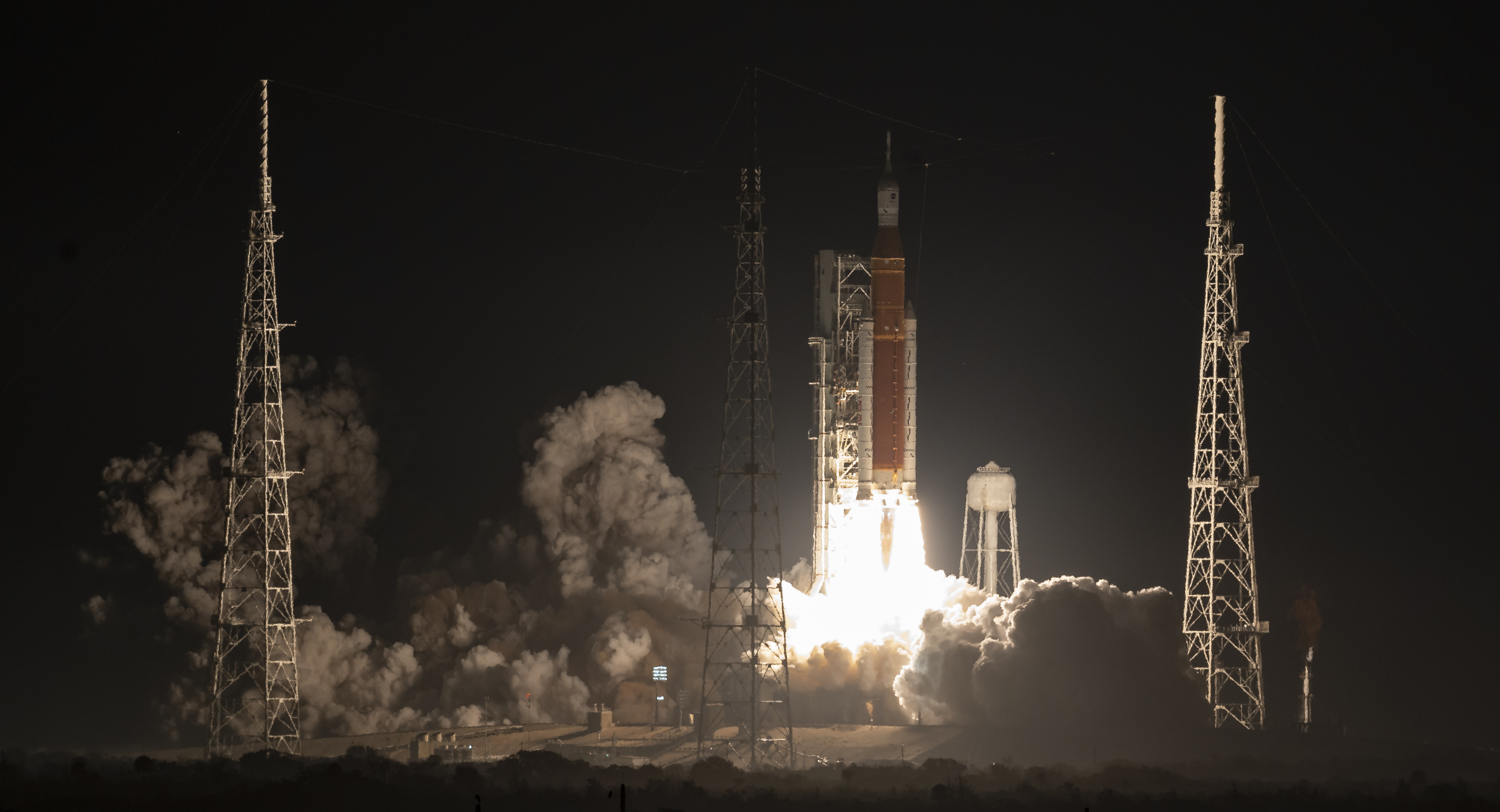 Following a successful launch of NASA’s Space Launch System (SLS), the most powerful rocket in the world, the agency’s Orion spacecraft is on its way to the Moon as part of the Artemis program. Carrying an uncrewed Orion, SLS lifted off for its flight test debut at 1:47 a.m. EST Wednesday, November 16, 2022, from Launch Pad 39B at NASA’s Kennedy Space Center in Florida.
Following a successful launch of NASA’s Space Launch System (SLS), the most powerful rocket in the world, the agency’s Orion spacecraft is on its way to the Moon as part of the Artemis program. Carrying an uncrewed Orion, SLS lifted off for its flight test debut at 1:47 a.m. EST Wednesday, November 16, 2022, from Launch Pad 39B at NASA’s Kennedy Space Center in Florida.  A new study led by the Department of Energy’s Lawrence Berkeley National Laboratory (Berkeley Lab) has measured how long it takes for several kinds of exotic nuclei to decay. The paper, published today in
A new study led by the Department of Energy’s Lawrence Berkeley National Laboratory (Berkeley Lab) has measured how long it takes for several kinds of exotic nuclei to decay. The paper, published today in 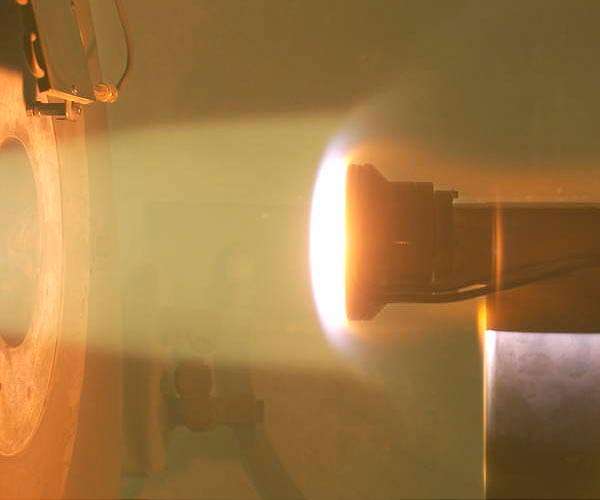 How does something that looks like a stack of orange inner tubes covered in a black tarp survive temperatures reaching 3,000 degrees Fahrenheit as it plunges through the atmosphere? An upcoming technology demonstration uses advanced materials to make a heat shield that's tougher than it looks.
How does something that looks like a stack of orange inner tubes covered in a black tarp survive temperatures reaching 3,000 degrees Fahrenheit as it plunges through the atmosphere? An upcoming technology demonstration uses advanced materials to make a heat shield that's tougher than it looks.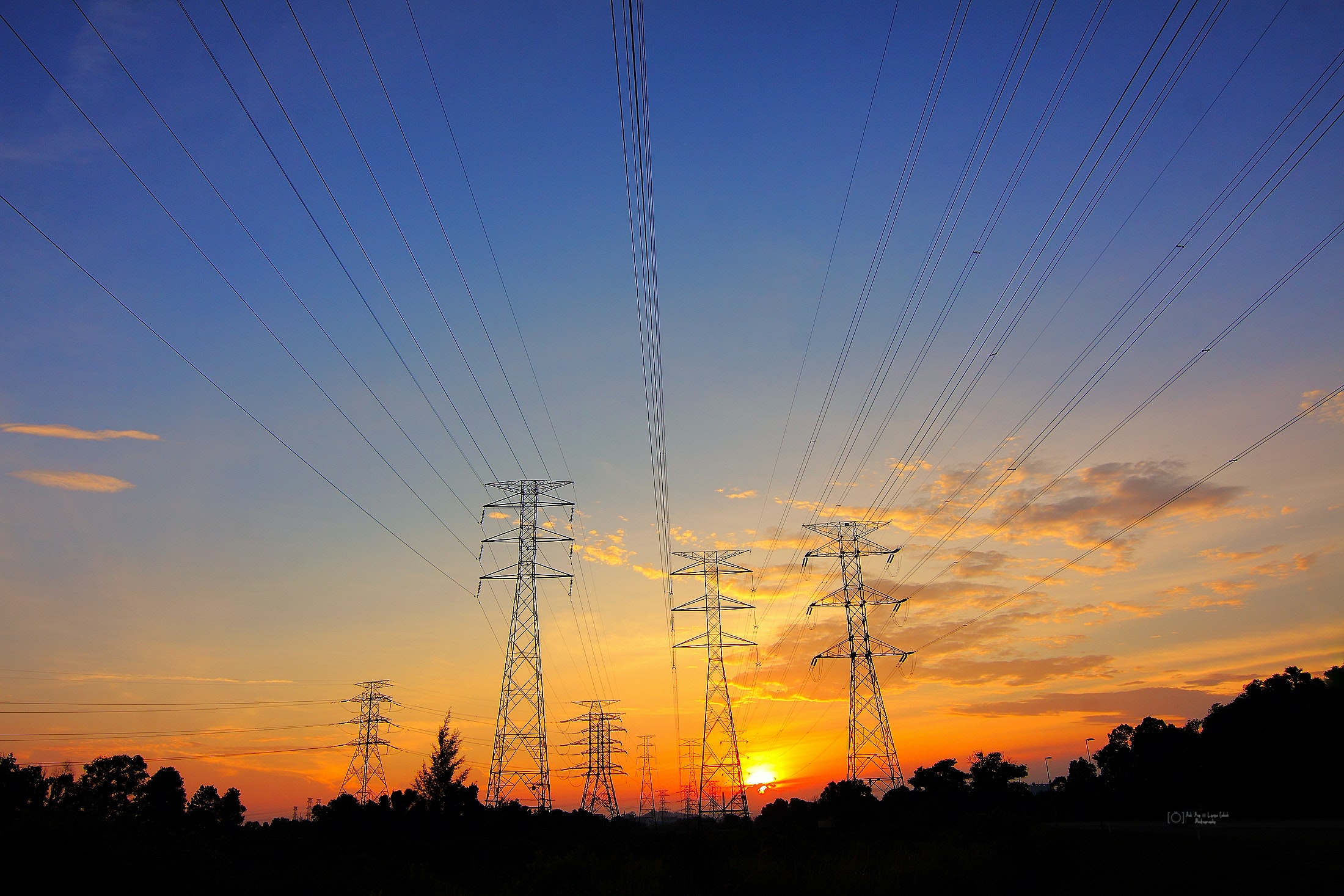 VEIR, an early-stage technology company based in Woburn, Mass., is pioneering the first application of superconducting transmission over long distances, a key component to deliver renewable sources of energy safely and reliably from where it is generated to where it is needed, often cross-country. VEIR is teaming up with National Grid, an electricity, natural gas, and clean energy delivery company with operations in the US and UK, that will aid the project in product development with the joint goal of demonstrating the new technology on a protected area of the grid.
VEIR, an early-stage technology company based in Woburn, Mass., is pioneering the first application of superconducting transmission over long distances, a key component to deliver renewable sources of energy safely and reliably from where it is generated to where it is needed, often cross-country. VEIR is teaming up with National Grid, an electricity, natural gas, and clean energy delivery company with operations in the US and UK, that will aid the project in product development with the joint goal of demonstrating the new technology on a protected area of the grid.  For astronauts, staying cool and comfortable on China's Tiangong space station is no problem. The station orbits Earth in about 90 minutes at an altitude of 400 km. It experiences large fluctuations in temperature, ranging from 150 degrees Celsius when the station is exposed to the sun to minus 100 degrees Celsius when over the night side of the planet. So how to protect station residents from extreme heat and cold during their six-month stay in orbit? The answer lies in several thermal control designs courtesy of the China Academy of Space Technology.
For astronauts, staying cool and comfortable on China's Tiangong space station is no problem. The station orbits Earth in about 90 minutes at an altitude of 400 km. It experiences large fluctuations in temperature, ranging from 150 degrees Celsius when the station is exposed to the sun to minus 100 degrees Celsius when over the night side of the planet. So how to protect station residents from extreme heat and cold during their six-month stay in orbit? The answer lies in several thermal control designs courtesy of the China Academy of Space Technology.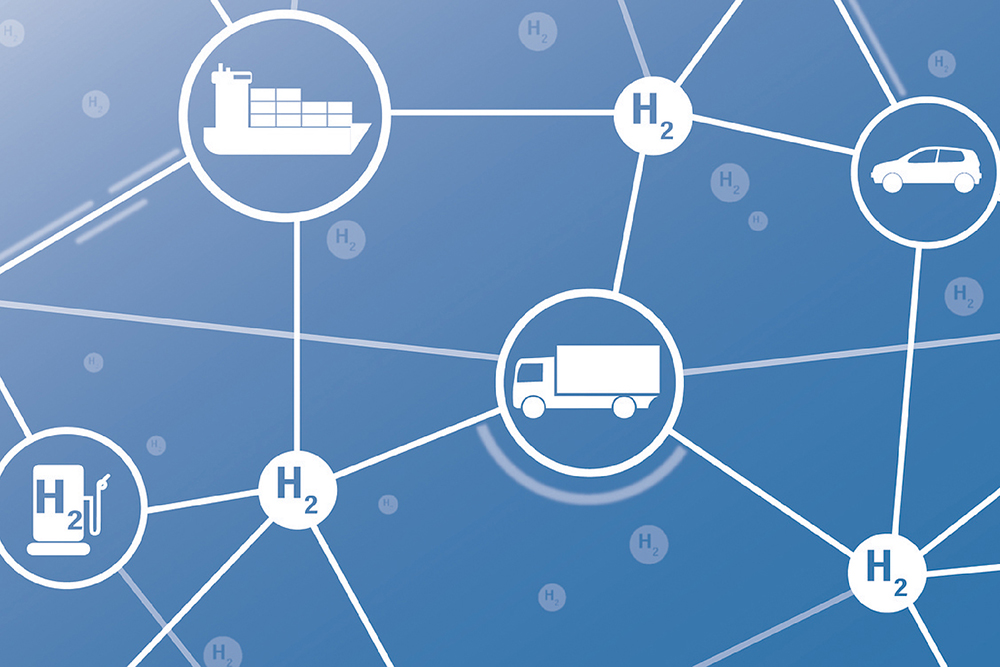 In the past several years, hydrogen energy has increasingly become a more central aspect of the clean energy transition. Hydrogen can produce clean, on-demand energy that could complement variable renewable energy sources such as wind and solar power. That being said, pathways for deploying hydrogen at scale have yet to be fully explored. In particular, the optimal form of hydrogen production remains in question.
In the past several years, hydrogen energy has increasingly become a more central aspect of the clean energy transition. Hydrogen can produce clean, on-demand energy that could complement variable renewable energy sources such as wind and solar power. That being said, pathways for deploying hydrogen at scale have yet to be fully explored. In particular, the optimal form of hydrogen production remains in question.